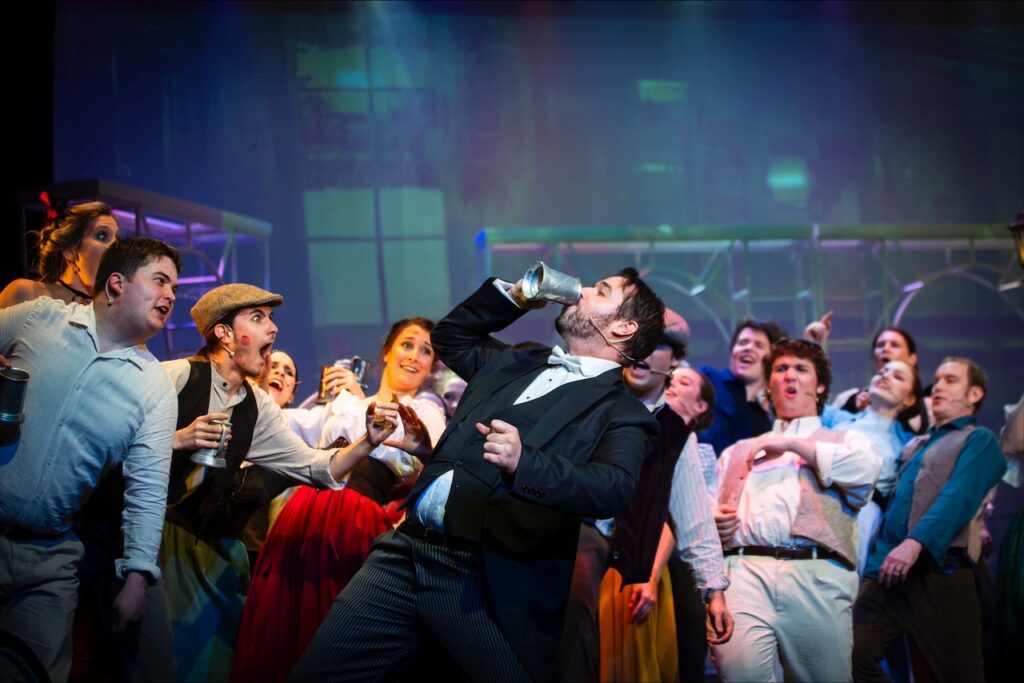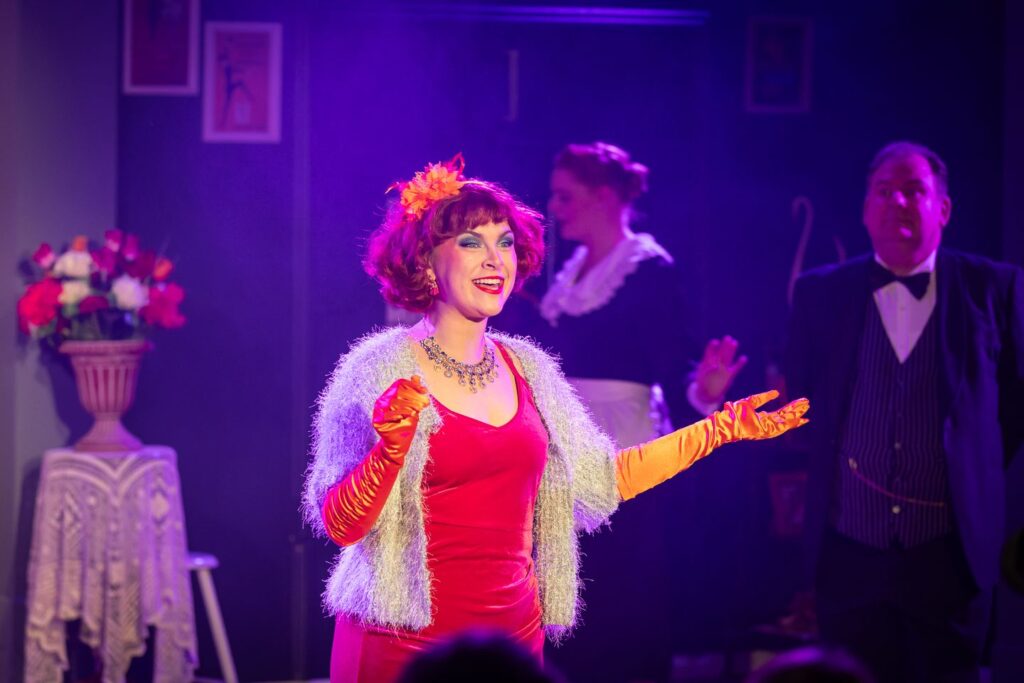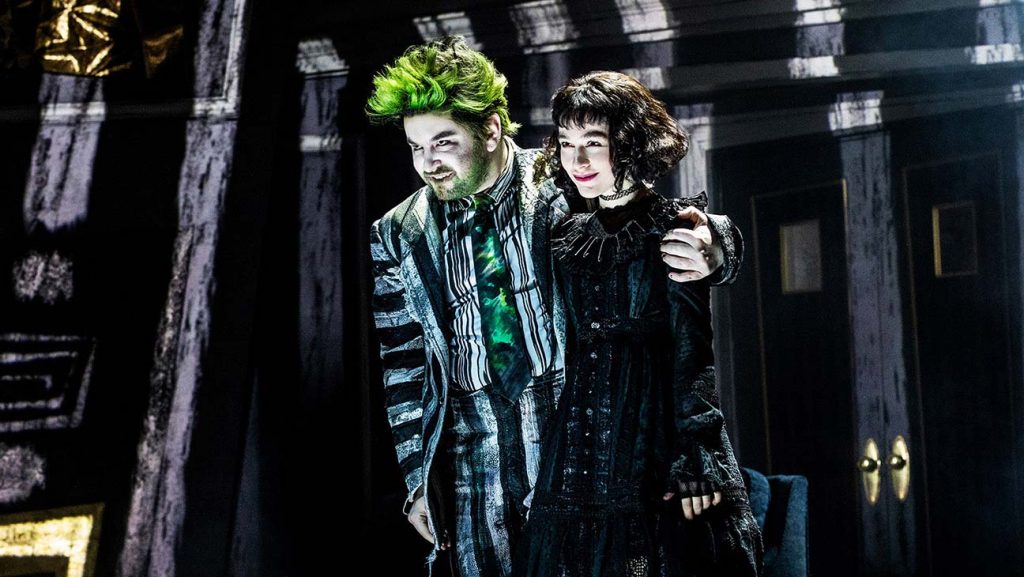
‘My Fair Lady’ // Queensland Musical Theatre
‘My Fair Lady’ was sentimental.
The challenge in producing a well-loved and familiar classic is achieving the balance of honouring the sentimental story while being aware of today’s world and staging it for a contemporary audience. Queensland Musical Theatre’s 40th-anniversary production of My Fair Lady aims to stay true to the most well-known productions of the musical, providing nostalgic memories through not just the well-known score but also costuming and direction.
Lerner and Loewe’s My Fair Lady first appeared on Broadway in 1956 based on the film adaptation of Shaw’s Pygmalion. My Fair Lady received six Tony Awards including Best Musical, followed shortly by a film adaptation sharing similar success receiving the Academy Award for Best Picture.
An adored classic My Fair Lady is well-known and loved but also known for having a problematic ending, especially for today’s audiences. Many recent productions have tackled this ending by way of direction both the 2018 Broadway and 2022 London revivals alter the ending in different ways without altering the script however, Queensland Musical Theatre’s production has remained faithful to the original interpretation and delivery of the ending.
The Twelfth Night Theatre is a great venue for staging large musicals, with space for theatrical lighting, an orchestra pit and tiered seating However it is a shame that it isn’t options for accessible seating.
Tom Dodds’s lighting design made use of the theatre’s lighting capabilities, bringing the audience through the late evening cold streets of London, to inside the Higgins home and back out to early morning street scenes effectively. There were, unfortunately, significant microphone issues throughout the performance. The cast and crew handled this to the best of their ability continuing through pops, feedback and complete microphone failures.
The set design was simple but functional; Archways that cast maneuvered between scenes to depict hallways, brownstone entrances or the Covent Garden Square. These pieces were accompanied by projections to help depict the locations, although often a distraction for the audience as the curtain sustained frequent movement causing the projections to waver.
In many moments the costumes were outstanding, from Eliza’s ballgown complete with embellished cape to the varied silhouettes amongst the black and white Ascott races attire. Some costume choices distracted from the world-building. For instance, the clowns that appeared during the overture seemingly from a different time and place, or ensemble ballgowns of varying eras. Overall the costumes took inspiration from the film and aimed to remain as true as possible to the most iconic interpretation of the story.
The same is true for Deian Ping’s direction, each of her aesthetic choices and staging reflected nostalgia for past interpretations. Ping’s love for the story shone through her choices. This is not surprising as Ping portrayed Eliza in the aforementioned 1984 Queensland Musical Theatre Production of My Fair Lady.
The 16-member orchestra conducted by Julie Whiting brought to life Loewe’s enchanting score. The lush arrangements of the overture fill the theatre reminding the audience of the iconic songs we are about to hear.
Choreography by Bec Swain was a particular highlight of this production. Her choreography served the narrative with multiple moments of humour dotted throughout. For instance, during the overture, the curtain opens to Covent Garden Square, where a younger couple dances carefree around a more stern London woman playfully depicting a world of class differences before we even meet any of our leads.
Kirra Lang as Eliza has a beautiful voice, she effortlessly maneuvered between cockeny to received pronunciation and her renditions of the score are exactly what you would wish for. Lang’s Eliza depicts a beautiful transformation story; and I don’t mean the act one transformation that Higgings would gloat about “turning a flower girl into a dutchess”, but her more pivotal act 2 transformation as Eliza grows increasingly aware of the absence of a place for her, and increasingly dismayed at the men in her life.
James Lennox’s portrayal of Henry Higgins was a strong homage to Rex Harrisons’ interpretation. Although he looked quite young for the role he did a fabulous job of playing a commanding and domineering role.
David McLaughlin’s Colonel Pickering brought some balance to the Higgins Household. McLaughin shone in comedic moments. As the young Freddy Eynsford-Hill, Lachlan Dodd provides a much-needed lightness, his wide-eyed optimistic grin lights up the stage with infectious energy.
Jordan Ross’s Alfred P Doolittle was the right combination of larrikin and libertine, Ross’s numbers often lifting the energy and pacing of the show accompanied by the larger ensemble dance numbers.
A strong cast throughout and a creative team with evident reverence for the show, Queensland Musical Theaters’ production of My Fair Lady brings this treasured classic to the stage once more.
‘My Fair Lady’ performed until Sunday 23rd of June 2024 at Twelfth Night Theatre, Bowen Hills, QLD. For more information visit their website.






